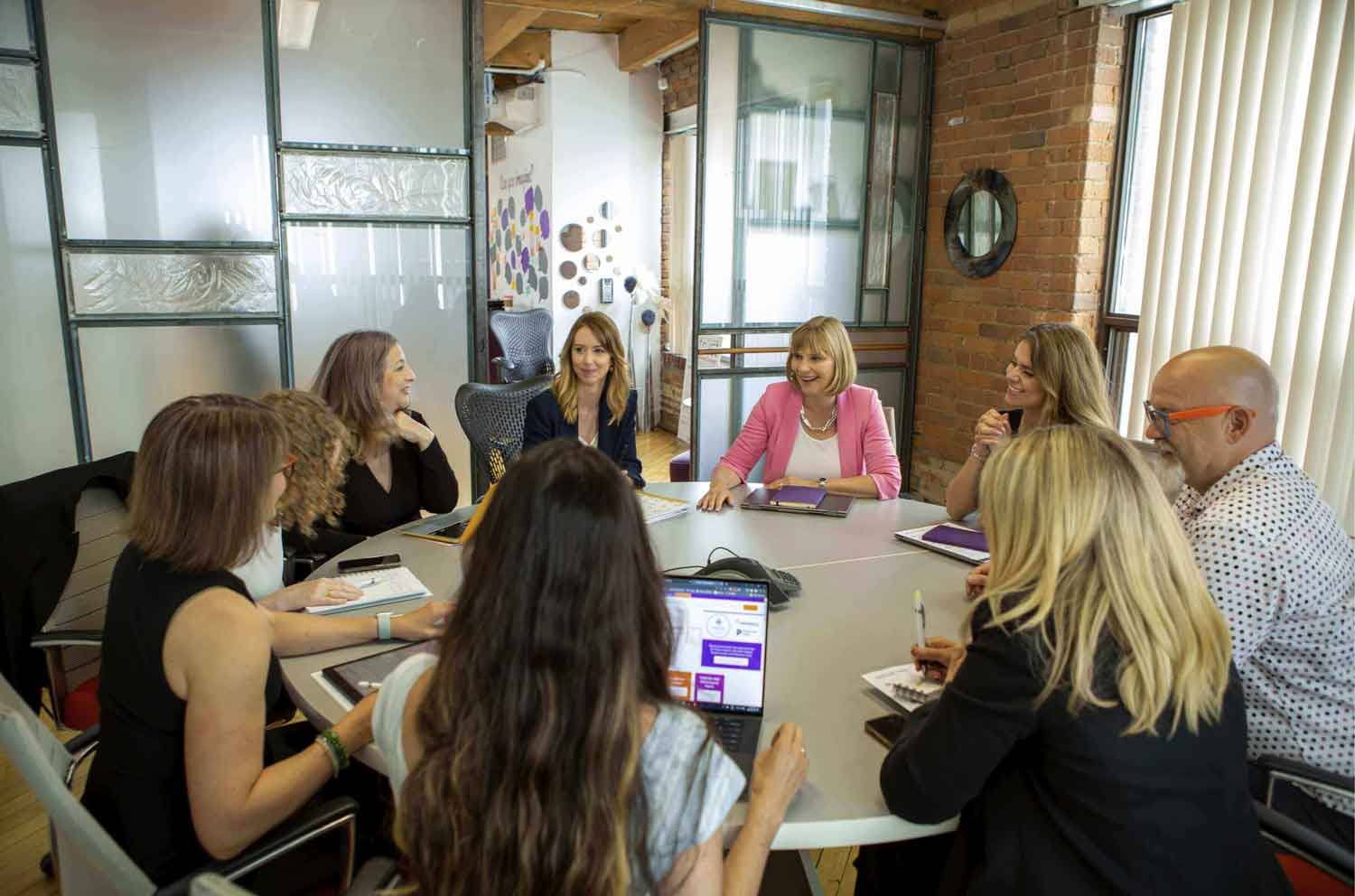As we slowly emerge from this latest pandemic wave, today’s brutal business reality is that the hybrid workplace is making leadership far more complex, there’s a relentless focus on targets and the pressures on midlevel and senior leaders are continually mounting.
All eyes are on organizational leaders to see how they will perform and guide their teams through the waters of disruption in 2022. However, the type of “heroic leadership” that has helped captain companies throughout the past few decades isn’t going to work in this new work environment.
The traditional view of the leader as fearless and infallible, running a tight ship by calling the shots, is not only outdated, but harmful to team morale. The complexity of present-day business has made it almost impossible for one person to know it all. And, a autocratic command-and-control leadership style is toxic for both the company culture and employees who already feeling burnt out. It’s time for a kinder, gentler and more collaborative leadership style.
The Shift Toward Shared Leadership
In our 2022 L&D Trends report, we outlined how organizations are looking to L&D and training leads to help upskill leaders to give them the mindsets and behaviours needed to thrive in this hectic environment.
Over the last two years throughout the pandemic we witnessed learning professionals quickly pivoting to embrace the idea of peer-to-peer learning, which implements coaching circles that allow top talent to work in cohorts on common topics and challenges with the support of coaches. This type of shared learning is a springboard to more collaborative, shared leadership that optimizes the collective strengths of all organizational leaders.
Why Now
Shared learning amongst cross-functional leaders is growing in popularity in leadership development as it accomplishes a few objectives neatly:
- It helps to build deeper relationships and networks across the organization.
- It creates “future-focused learning ecosystems.” In other words, shared learning sits at the sweet spot of current and future strategic organizational goals and learner needs.
- Leaders hold each other accountable and take ownership in their learning.
- Shared learning is hands-on, and aimed at solving real organizational challenges.
- Participants share their knowledge, raising the leadership waterline. (It’s known that Fortune 500 companies lose billions a year by failing to share knowledge.)
- At a time when HR is looking to stem “The Big Quit,” shared learning is a way to deeply engage your top and most promising talent in the work they do.
- It provides a vehicle for cross-functional talent to fine-tune their priorities and work in alignment.
- It acts as a “brain trust” to help leaders make smarter, faster decisions.
- As leaders interact and learn from one-another, it offers a framework for self-reflection and self-awareness.
- Leaders learn coaching habits, that can be used within their own teams.
Looking Ahead
In the coming year, we will see a rise in the democratization of leadership — accountable leaders who flatten the hierarchy by sharing leadership and working in tandem with each other as well as their teams.
Download our new 2022 L&D Trends Report today.




